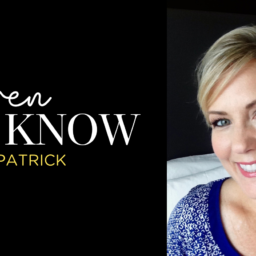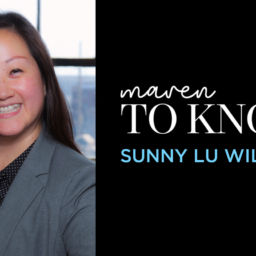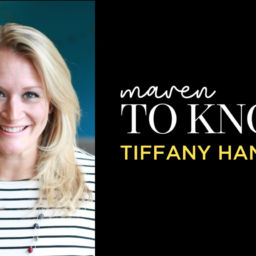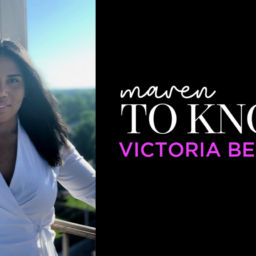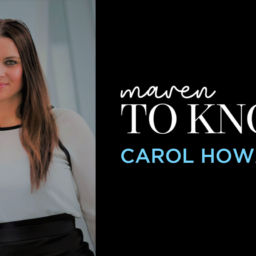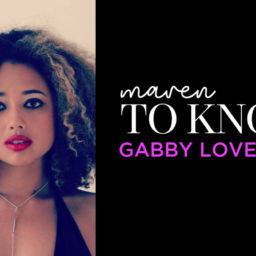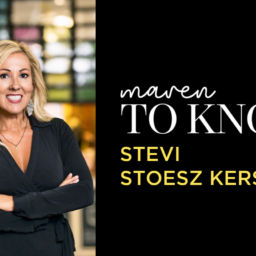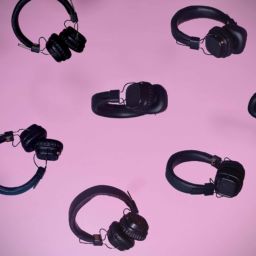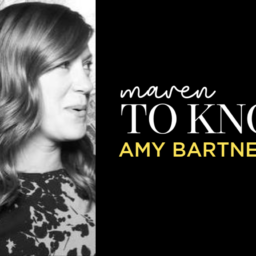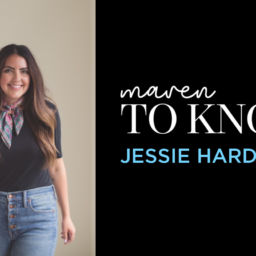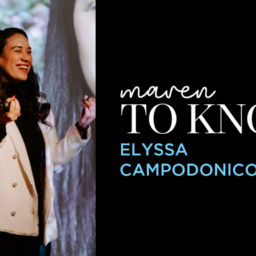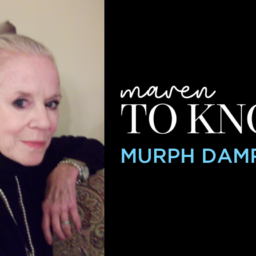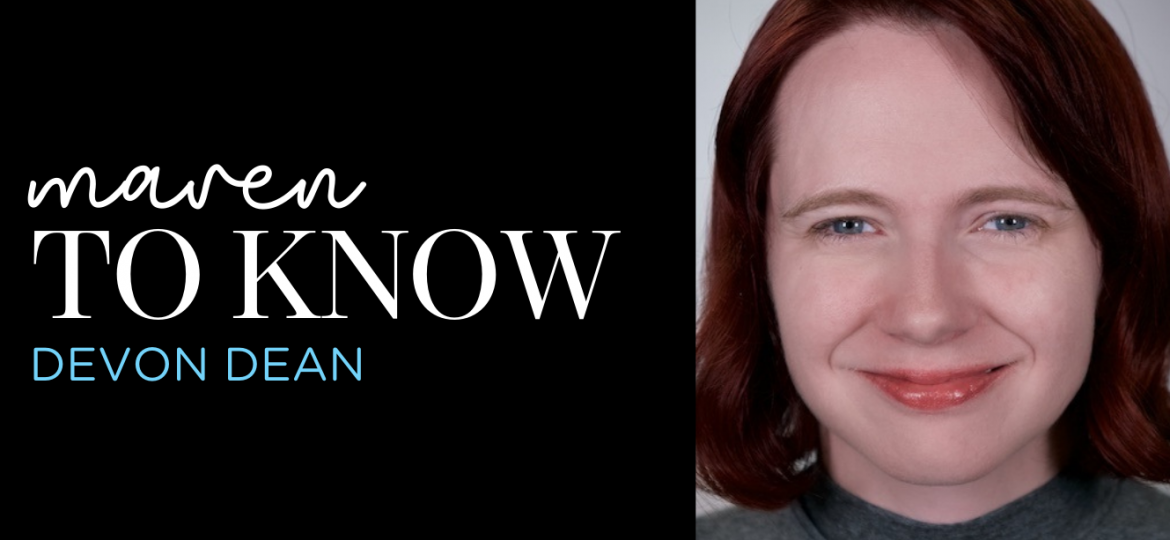
Devon Dean was born and raised in Elkhart, Indiana, as an only child with a profound love for music. She attributes her musical interest in part to her mother, who went to Indiana University for theatre and vocal performance, and her father, who she describes as a music snob who introduced her to all the classics. Growing up, she was “raised in a house where music was always playing,” and she even pursued a career in broadcast journalism because of it.
“Music was a big, big part of my life,” she says. “It was a fundamental part of my decision to pursue broadcasting.”
After graduating from Bradley University in 2000, Dean worked in a variety of journalism roles in varying cities for more than a decade. One of her most notable stories was from her job as a reporter with WIBC in Indianapolis covering the Hamilton Avenue Murders in 2006, which was one of the largest mass murders the city had seen at the time. Her reporting eventually earned her the title Indiana Associated Press Reporter of the Year in 2007.
In November 2018, Dean left the industry to start a new endeavor as the digital marketing coordinator at Klipsch Group, where she combines her love of music and journalism by writing copy for the music company’s website.
We connected with Dean and got the inside scoop on the biggest challenges she faced as a journalist, her love for roller derby, and what it’s like to cover big breaking news stories.
When did you know it was time to transition your journalism career to a marketing career?
A couple things happened at once. In 2011, I reached a point, career-wise, where I just wondered what else was there. At the same time, I was let go from WIBC Radio due to a change in management. I call it a kick in the butt from the universe. I spent six months searching for work; freelancing as a writer and assignment editor for Fox 59; house sitting; writing for a fashion blog; and other assorted odd jobs to help bring income in. I wondered what my future held. When the opportunity at DealChicken.com/Gannett came about, I realized my skill set would translate. The rest, as they say, is history.
What principles and philosophies are at the foundation of your career?
My central philosophy about life is also something I’ve applied in my career. And it’s a lesson that I had to learn when I was younger: Don’t be a d*** to people.
What is one of your favorite things to do outside of the office?
Well, I haven’t been in my office in about a year. The thing that I love to do is run. I’ve been running competitive races for almost eight years. I was not an athlete in high school or college, or even in my 20s. I picked up running as a way to cross train when I was getting ready to try out for the Naptown Roller Derby.
Tell us more about roller derby.
I was scared to roller skate when I was growing up because I danced for many years. I was on color guard and dancing in high school, and was always kind of afraid that I’d get injured. Roller derby is one of the toughest things I’ve ever done. It was a physical challenge, for sure. But it was also a mental challenge. What’s interesting about the sport is that there’s so much strategy that goes into it. It’s like a very violent game of chess, but you have to take a test on the rules before you can play.
Who is a woman you admire?
Christiane Amanpour, who used to be the lead foreign correspondent for CNN, has always been an inspiration to me because of her toughness. She’s covered some very, very dangerous situations. I lived in New Orleans for three years where I was a radio reporter, a news anchor newscaster, and I actually had to cover an active shooter scene. And it was very daunting. I was 24 years old at the time and I just put my boots on the ground for lack of a better term.
RELATED: MAVEN TO KNOW: KODA WITSKEN
What was it like covering an active shooter scene?
It was exhausting. I’ve done a lot of live reporting. At WIBC, I covered what was then the worst mass homicide event in the city in a very long time. It was called the Hamilton Avenue murders. It wasn’t just a one-day event, there was so much afterward that needed to be covered. I tried to cross the police line, and I will never forget the Deputy Chief. He was like, “Devon, you cross this line, I’m putting you in handcuffs. I don’t care what your boss tells you.”
You mentioned how you covered a pretty notable homicide in the city in 2006. How are you able to stay calm and focused in high-stress situations?
Focus. The mental game of focus and staying in the moment helped keep me calm in many high-stress stories. In the fall of 2002, I covered a tropical storm and a hurricane making landfall in the span of a week. In both instances, I was reporting in the field and staying overnight in far Southwest Louisiana. I would think to myself, “Do not get distracted. Report on what you see. Paint the picture.”
When you were working as a journalist, what were your biggest challenges and how did you overcome them?
My biggest challenges stemmed from working in a primarily male-dominated field. In New Orleans, I learned quickly you had to shout over your colleagues to be heard. That’s why I don’t understand why, today, people rag on journalists for doing that. It’s their jobs to inquire. I felt like I had to work twice as hard and prove myself twice as much when measured against my male colleagues in many cases.
You’re a self-professed music junkie. What are your top three bands?
The Cure (I’ve seen them eight times, including their induction into the Rock & Roll Hall of Fame), Lush, and a couple newer bands I love—New Candys out of Italy and Foals.
If you were on a deserted island and could only bring three items with you, what would they be?
My teddy bear, my fishing pole, and my pillow.
Samantha Kupiainen is a regular Indy Maven contributor.
Want to be featured as a Maven to Know? Sign up for our Membership Program—we’d love to have you! See all the Maven to Know features we’ve shared so far.
All of our content—including this article—is completely free. However, we’d love if you would please consider supporting our journalism with an Indy Maven membership.







